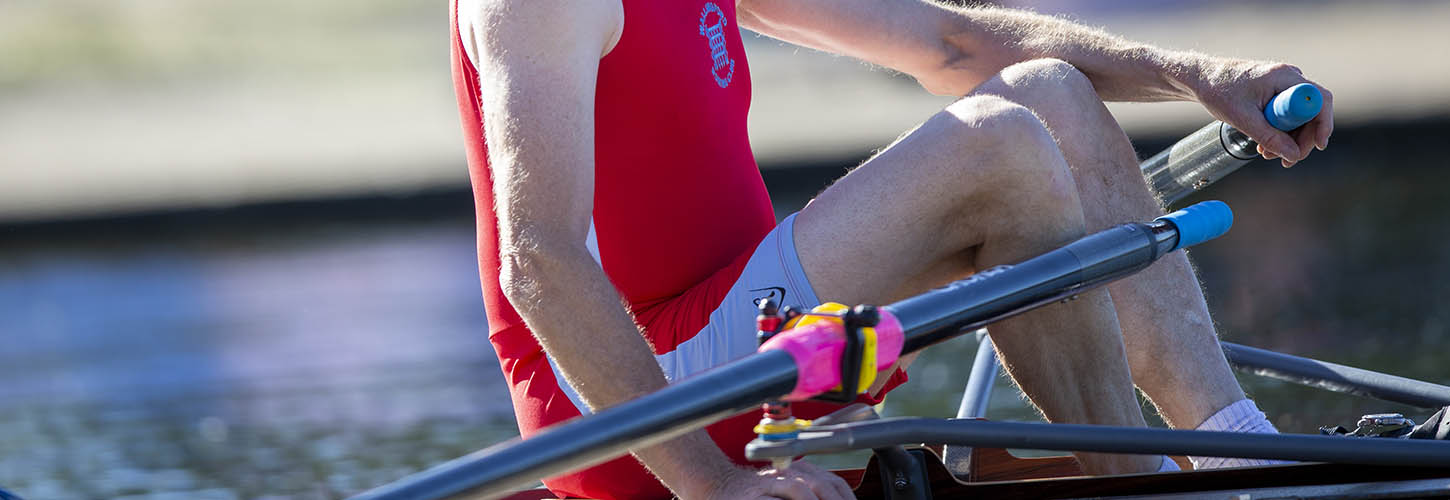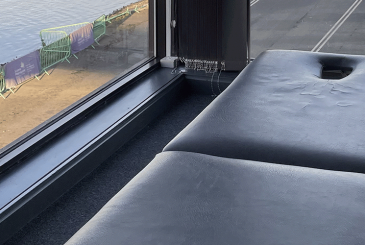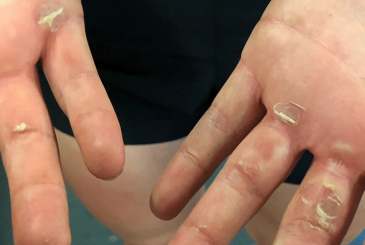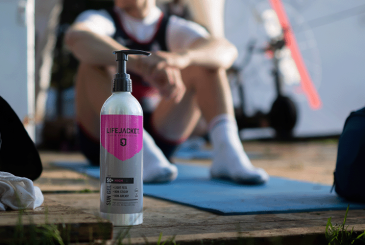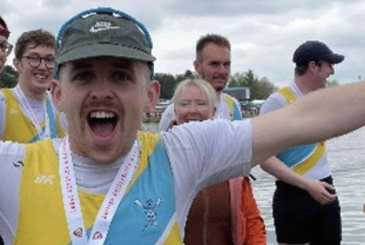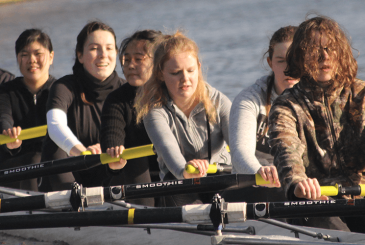Developing arthritis needn’t mean the end of your rowing career. In fact, as Dr Richard Seah tells Lebby Eyres, getting in a boat is a good antidote to the aches and pains that come with the condition
Osteoarthritis – where the cartilage in joints starts to wear down over time leading to changes in the bone – causes joints to become painful and stiff. To find out what this means for rowers, British Rowing spoke to Dr Richard Seah, a consultant in Sport and Exercise Medicine (SEM) at the Institute of Sport, Exercise and Health (ISEH) and Fellow of the Faculty of Sport and Exercise Medicine UK. He was part of the medical team for rowing, canoe sprints and volleyball at the London 2012 Summer Olympics, and specialises in rowing, among other sports.
How does arthritis affect our performance?
“Osteoarthritis decreases the range of motion,” Dr Seah said. “A lot of patients experience pain when they get to the end of range of their joint. They get inflammation and pain around the joint which restricts them. People refer to it as wear and tear, but we know there is probably a genetic component too. It can affect people of all ages, but most typically from mid-40s onwards.
“For rowers, the lower limbs – hips and knees – will be affected the most, but also the lower back, and then also the upper limbs – the hands, elbows and shoulders.” Dr Seah explained that while cartilage damage is not in itself arthritis, loss of cartilage leads to increased attrition on the joint, which can lead to osteoarthritic changes.
Rowers may notice it’s harder to bring knees up to chest. When it comes to the hands, there could be “swelling around the knuckles which could be warm to the touch, and making a fist may become difficult. In the elbow, you find a reduction in the ability to flex and bend the elbow.”
Why rowing is good for you if you have arthritis
“You are much better off doing some rowing than stopping it completely. The benefits outweigh the disadvantages,” Dr Seah said. “Rowing engages more than 80% of muscles in your body. It allows you to get stronger and is good for encouraging joint mobility and overall flexibility. It’s great for burning up calories which leads to weight loss and [consequently] less impact on joints and is fairly low impact. Plus it helps to build your cardiovascular fitness if you do it to a moderate intensity.”
Advice for rowers with arthritis
So, how often should rowers with arthritis be training? Dr Seah said, “If you want take up rowing to help with osteoarthritis, start with low frequency, low intensity and for shorter periods of time perhaps once or twice a week. Build up to two or three times a week, gradually increasing the time spent on the water, and finally, look at upping the intensity.”
“Aim to keep your pain down to less than four out of 10. That’s either during the exercise or afterwards”
For more experienced rowers with arthritis, Dr Seah says to use a pain score as a guide. “If zero is no pain and 10 is the worst possible, aim to keep your pain down to less than four out of 10. That’s either during the exercise or afterwards, which is important because some people will be fine during, but suffer the next day.
What to do in the winter
“Osteoarthritis may notice the pain symptoms more in cold weather and be stiffer,” said Dr Seah. “Warm up for 10 minutes beforehand on the rowing machine. The advantage of training on the ergometer generally is you can see how far you’re rowing, the intensity and can pitch the resistance.”
Best practice for people with arthritis is to warm up and cool down thoroughly
Technique tips for rowing with arthritis
At any time of the year, Dr Seah said best practice for people with arthritis is to warm up and cool down thoroughly, and establish a routine and good technique.
Plus, if you are experiencing pain, adjust your position. Dr Seah said, “You can change your grip position by using foam grip or wearing gloves. You can change your seating position if you find it more difficult to flex your hips or to straighten your knees. A lot comes down to technique and the boat you row in, be it a single, double, or sweep boat. If you’re in a crew then osteoarthritis may have a bigger impact, while if you are rowing by yourself, and you have more modest ambitions, it will be less of an issue.”
What happens if you have a joint replacement?
“Post operation, I would leave at least six weeks to allow the bone and the replacement to bed down. Some surgeons would suggest longer, perhaps three months or longer, but in the longer-term rowing is a very good activity to do to maintain fitness. The key thing is to involve your surgeon and ask their advice.
“After any kind of replacement, your range of motion will usually be better than when you were suffering badly with osteoarthritis, but it will never be quite as good as before you had any issues. It’s kind of a compromise.”
Rowing with joint replacements.
So what is it like rowing post joint replacement? Vicky McDougall, a MasH athlete from City of Sheffield RC, has had both a hip and knee replaced. She said, “In 2017, I noticed things weren’t right. I couldn’t walk properly and had to sit down all the time. So I had the replacement in 2019, and was glad to get it done early while I had the physical and mental capacity to approach the rehab in a positive way. I feel like a new woman in many respects, and I no longer have the back pain I’ve had since I was young.”
Vicky, who has been rowing since her 20s, added, “I’d walked with a bent leg to avoid bone-on-bone pain and in 2022, I had a replacement knee and that’s perfect as well now, although I no longer have quite the same range of movement. But overall I feel rejuvenated in that my body works properly now. My message is you can carry on rowing even with replacements.”


